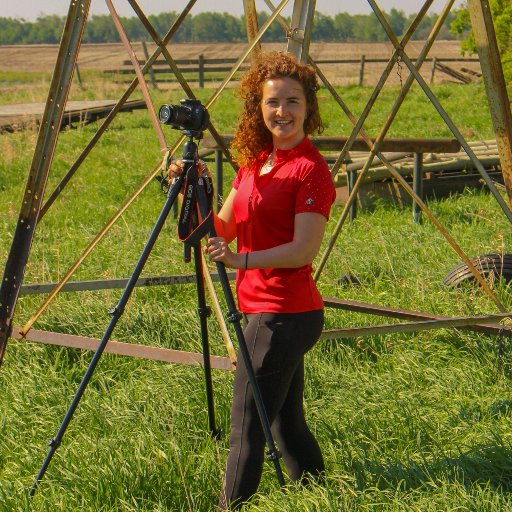The barns are from farms in Flagstaff County
By Diego Flammini
Staff Writer
Farms.com
A new coffee table book helps tell the stories of family barns in a rural Alberta community.
Sydney Hampshire, a University of Alberta (UAlberta) science graduate, recently released Heritage Barns of Flagstaff: Volume 1 after three summers of taking photos, conducting interviews and diving into research.
The book highlights the architecture and stories of about 25 family barns within Flagstaff County. Readers can access photos, stories and information on other barns in this online database.
Hampshire started the project while earning a leadership certificate through UAlberta’s Peter Lougheed Leadership College. She needed to log about 200 hours of community service to fulfill her certificate requirements.
While her friends and colleagues chose to study abroad, Hampshire decided to become a leader at home.
Her dad’s family moved to Flagstaff County from Britain in 1904 and have farmed the same land ever since. Hampshire and her siblings grew up in La Glace, a small hamlet near Grande Prairie.
“I’m from rural Alberta and my family has history here,” she told Farms.com today. “I thought it would be a good idea to learn how to be a leader in an area where I want to work. This project was a great way to document history, heritage and culture in our area.”
Flagstaff County originally developed the barn book idea as a province-wide project. A lack of resources shifted the project’s focus from all of Alberta to just the local community.

Sydney Hampshire/Twitter photo
Hampshire approached the County looking for ideas to help fulfill her leadership certificate requirements and decided to complete the book.
She worried that farmers would not be willing to chat with her. But she quickly realized this would not be the case.
“I thought people would balk at the project, and I didn’t want to do the project if it wasn’t serving the community,” she said. “But what I noticed was how friendly, welcoming and willing the residents were to share their stories and be written and remembered.”
Speaking with so many farmers allowed Hampshire to hear some amazing stories.
One tale included a hog and cattle farmer trying to protect his herd from an infamous cattle rustler.
“One of the first barns I went to was a hog barn with a skillion and lean-to roof, which was very atypical of the time,” she said. “The barn was built by a homesteader named Martin Ullrickson who loved open range farming.
“He had a run in with a notorious cattle rustler in the Stettler named Jack Dubois, who was nicknamed ‘Alberta’s Cattle Rustler King.’
“Ullrickson had his cattle stolen one day, looked for them and stole them back. But later that night, Jack Dubois came to his house and shot right at him with his six-shooter.
“The house is still standing and I’m pretty certain there’s still bullet holes in the house.”
Hampshire also discovered how barns were a central gathering place for families.
“Barns were the centre of life at the time,” she said. “Those livestock kept you alive. If you didn’t have a horse, you couldn’t plow your field. If you didn’t have a cow, you didn’t have milk or butter for your farm.
“Many people shared stories of putting on layers of clothing in cold weather to get to the barn, taking off those layers once inside and spending most of the day in the barn finishing their chores.”
A hardcover copy of the book costs $35. Call 780-384-4152 or 780-384-4150 if you would like to purchase it.
Hampshire is working on another barn book and future projects may explore other historical industries from the area.